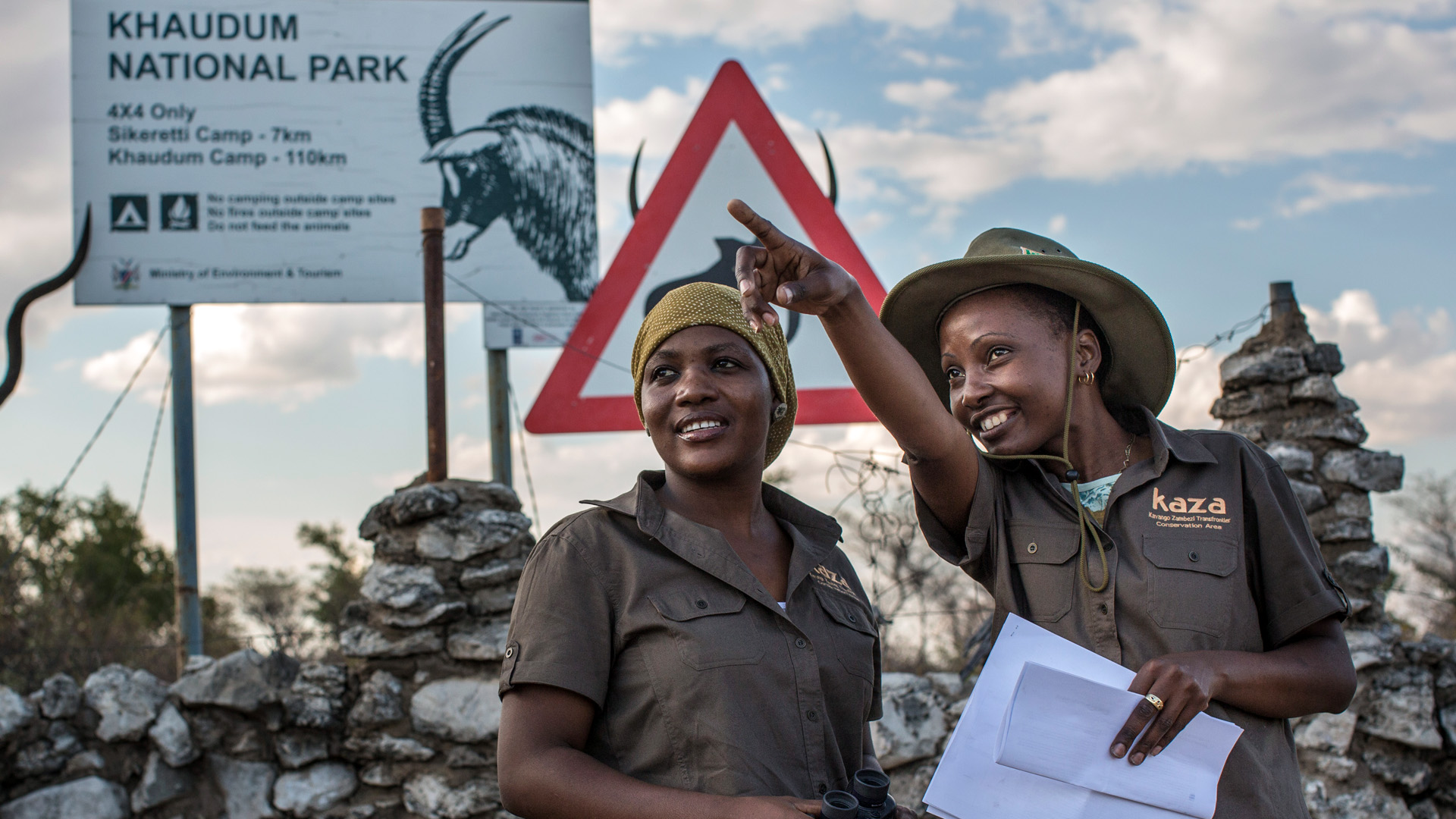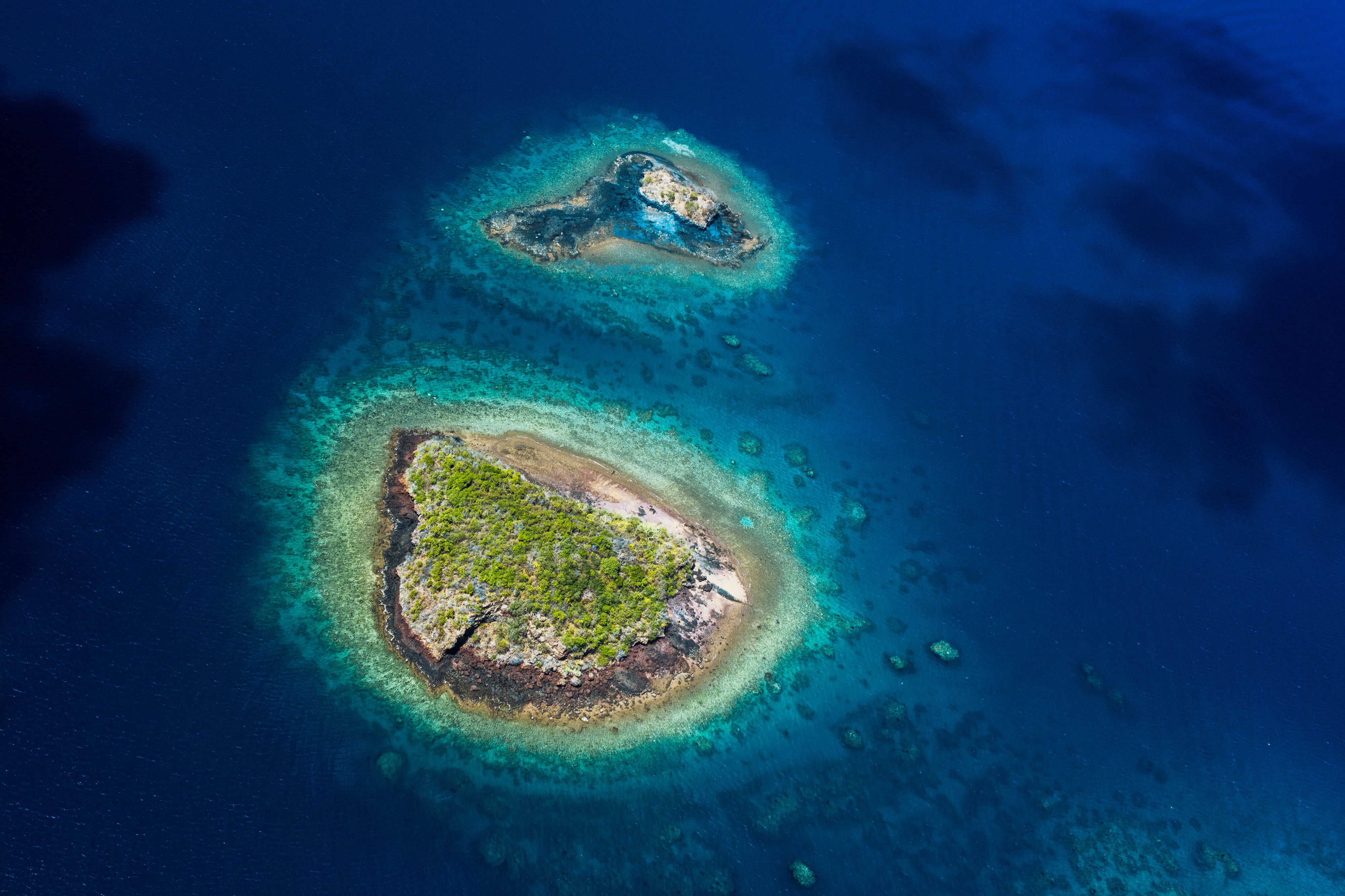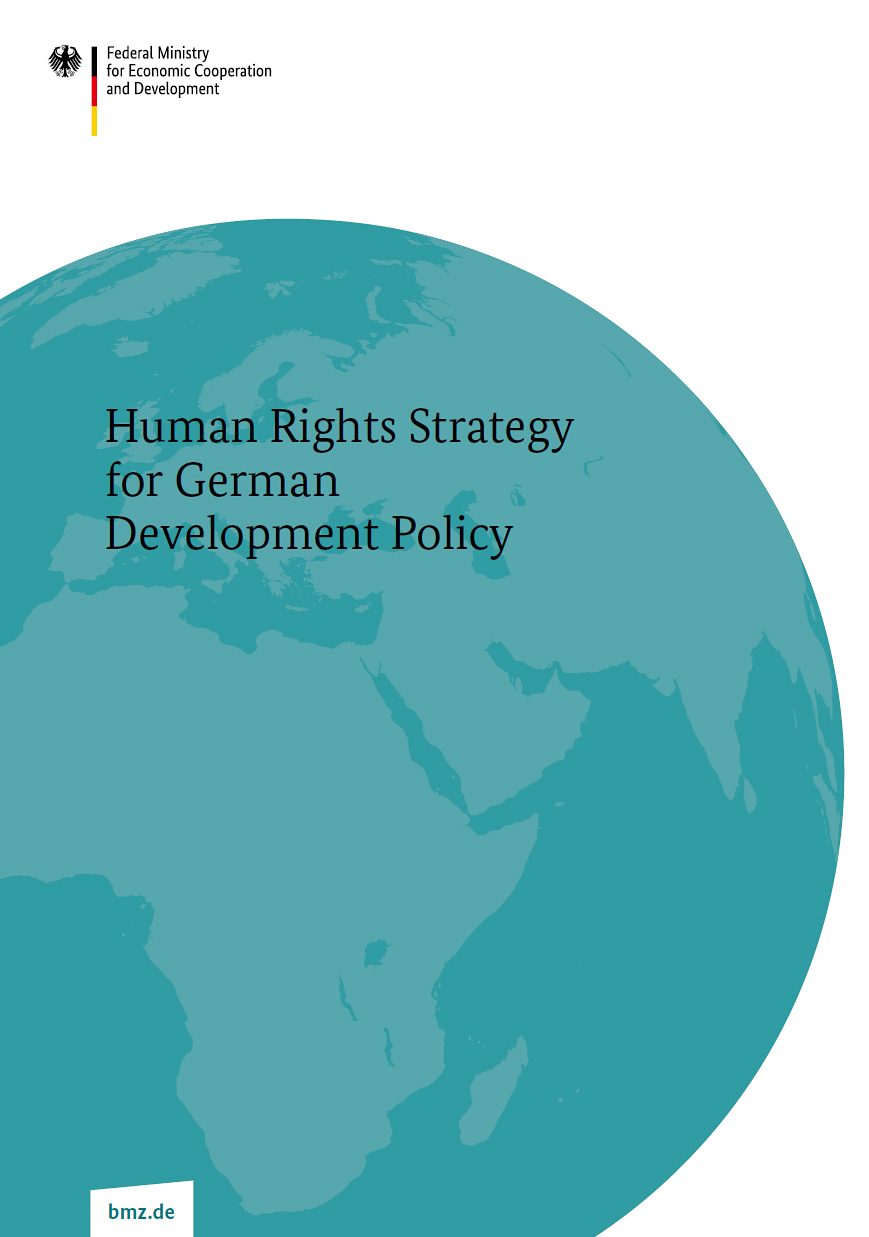Zebras and wildebeest in the Serengeti in Tanzania
Copyright© David Dennis, via Wikimedia, CC BY-SA 2.0
Biodiversity and protected areas Conserving ecosystems for the benefit of humankind
There are different forms of protected areas, for instance national parks, biosphere reserves and smaller nature reserves. The territories of Indigenous Peoples and local communities and areas owned by private organisations, too, can be given protected status if they make a direct, long-term contribution to biodiversity conservation.
Protected areas provide important ecosystem services for people's lives and livelihoods, such as water cycle and climate regulation, pollination, coastal protection and erosion control, and carbon sequestration. Protected areas also create jobs, for instance in ecotourism and the bioeconomy, and they help to protect people's cultural identity.
Examples of ecosystem services provided by protected areas
- Protected areas provide 14 per cent of Africa's drinking water.
- Ethiopia's Bale Mountains National Park is home to 40 springs that provide drinking water for 12 million people in Ethiopia, northern Kenya and Somalia.
- Conservation areas provide clean and stable water for eight of East Africa's largest hydropower facilities. In 19 African countries, hydropower accounts for over 50 per cent of national electricity production.
- Banco National Park provides 64 per cent of the total water pumped from the groundwater reservoir in Abidjan, the capital of Côte d'Ivoire.
- Practical examples. The establishment of the Al-Hoceima National Park in Morocco has improved local fish resources by 30 per cent. This has resulted in poverty alleviation for 1,200 artisanal fishers and their families. And in South Africa's Goukamma marine conservation area, catch ratios in the small-scale fisheries sector have doubled over the last ten years.
Challenges
A young giant tortoise is measured.
Ecosystems and protected areas worldwide are coming under increasing pressure as a result of rising demand for raw materials and agricultural land, population growth, and climate change. Many countries lack the financial resources needed for the effective protection and sustainable management of protected areas. This means that in some cases protection only exists on paper. There is a great need for financial and technical support.
For a protected area to be able to function in the long term, partner countries need appropriate legislation, reliable financing, and knowledge about the benefits of protected biodiversity. The rights of local communities must be recognised, and the communities must be involved in planning and implementing projects. The BMZ's development cooperation addresses these points.
German activities
The Global Biodiversity Framework adopted in 2022 has established the goal of putting 30 per cent of the world's land and marine areas under protection by 2030. As a member of the High Ambition Coalition for Nature and People (External link), an international alliance of currently 120 countries (as at January 2025), Germany expressly supports this goal. The BMZ advises partner governments and organisations on issues including good governance, the development of participatory management approaches and connectivity of protected areas, sometimes across national borders.
In order to ensure that protected areas have sufficient financial resources, the BMZ also supports innovative financing models based on cooperation between public and private donors.
Protected areas and human rights
In order to facilitate long-term biodiversity conservation, local communities must be closely involved in protected area planning, administration and sustainable management. They also need to benefit directly and tangibly from nature conservation. In other words, strengthening protected areas also means strengthening human rights and good governance. For example, before a protected area is established, it must be ensured that local Indigenous Peoples have given their free, prior and informed consent and that they have access to grievance mechanisms.
Many protected areas are located in regions affected by crisis or conflict, with a high potential for violence. The establishment and management of protected areas may in itself be connected to historical or current land use and resource conflicts. An additional challenge, especially in countries with weak governance, is poaching by armed groups. In such settings, the management of protected areas involves special human rights risks.
In its Human Rights Strategy, the BMZ has therefore established a human rights-based approach and risk analyses for all its activities. The implementing organisations use special safeguards to implement the requirements defined by the BMZ. They ensure that projects are environmentally and socially sound.
Notwithstanding these challenges, continuous engagement by international donors remains important, especially in settings of state fragility and high potential for violence – because reliable partners are needed in order to protect ecosystems as a global good and as a source of livelihood for local communities. And partners can only work towards good human rights conditions if they are present on the ground and active for the benefit of local people.
As at: 31/07/2024






